ACCESS/MAP
Nagoya Castle to Miya no Watashi/Full Area Map
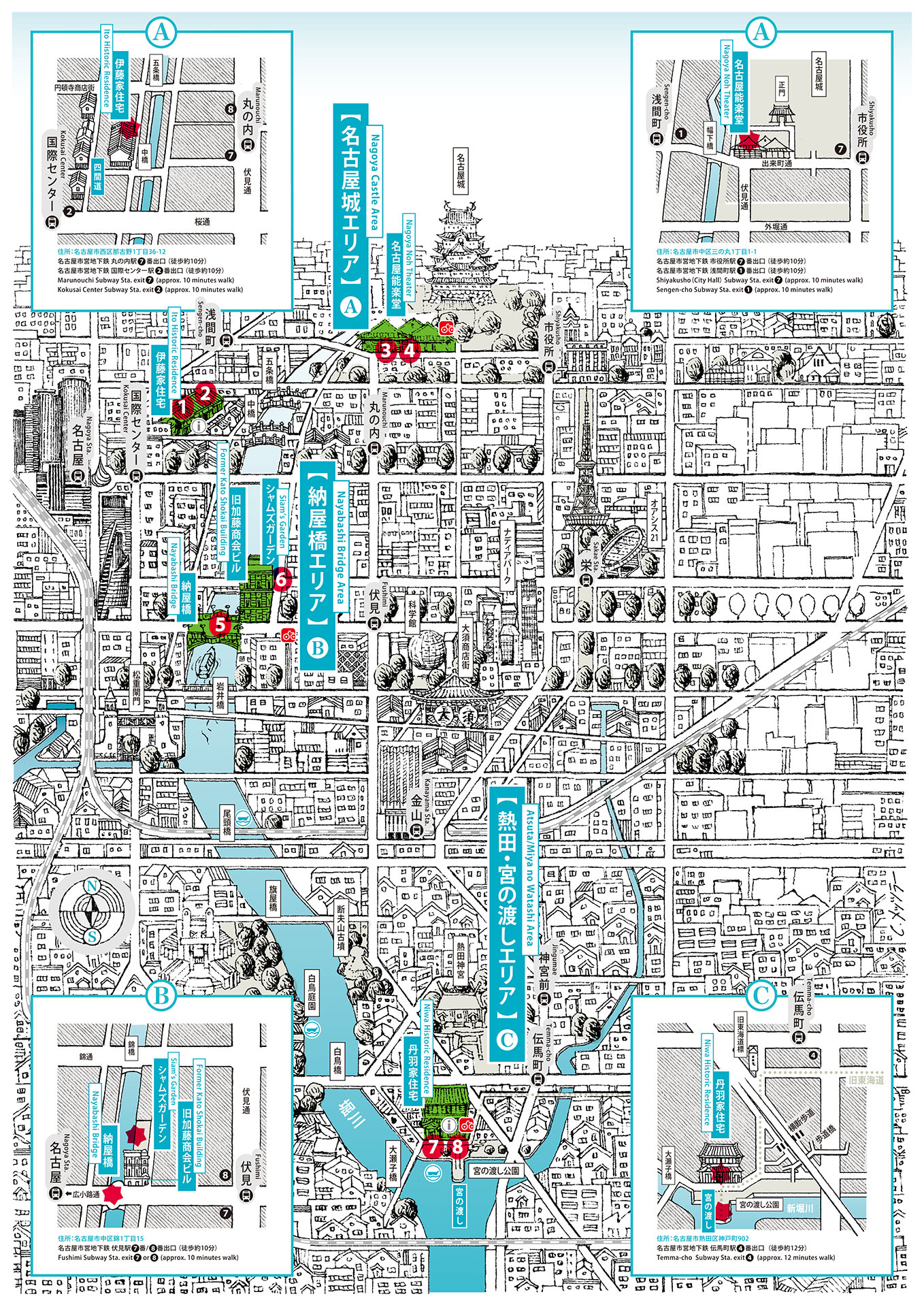
Illustration: Clemens Metzler

[Exhibition] Ichihara Etsuko
[Artist Talk] Ichihara Etsuko × Tsuda Yoshinori
[Exhibition] softpad

[Special Talk & Performance] Nakajima Nanako “No(h) to Trio A”

[Relay Talk] “pouring/poured”
[Performance] Horio Kanta
[Performance] Formant Brothers

[Exhibition & Performance] Nakayama Akiko

[Exhibition & Performance] Shinoda Chiharu

[Exhibition] Horio Kanta
Nagoya Castle Area (Nagoya Noh Theater ・ Ito Historic Residence)
The development of Nagoya’s culture and economy since the early modern period has focused primarily on the districts around Nagoya Castle. In front of Nagoya Castle (south side), the town where the townspeople live, which is the basis of Nagoya’s town development, was created, and Horikawa played an active role as a transportation route for living supplies. Currently, in front of Nagoya Castle, there is the Nagoya Noh Theater, which has a Noh stage made of Japanese cypress. The Ito Historic Residence (Cultural property designated by Aichi Prefecture), located on the west side of Nagoya Castle, consists of the main building and four warehouses and is a merchant house that used water transportation of Horikawa to run a family business. It is closely related to Horikawa, which is involved in the formation of the castle town of Nagoya and remains as valuable building as a high-class commercial building.
-
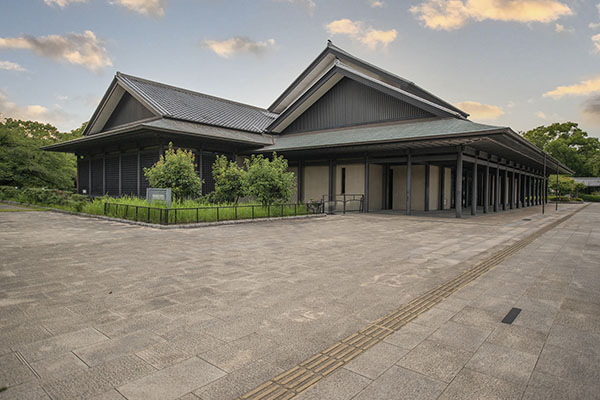
Nagoya Noh Theater
-
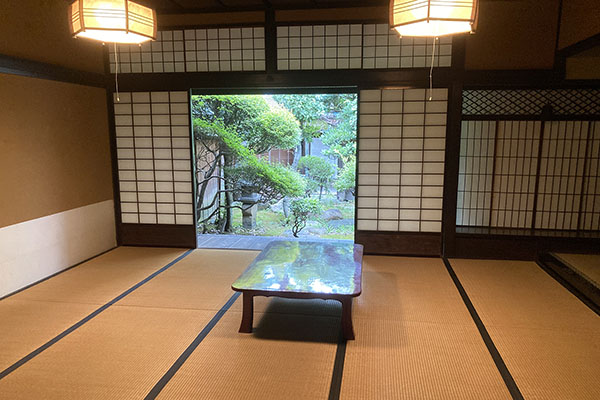
Ito Historic Residence
Access (nearest station)
- Nagoya Noh Theater
Shiyakusho (City Hall) Subway Sta. exit 7 (approx. 10 minutes walk)
Sengen-cho Subway Sta. exit 1 (approx. 10 minutes walk) - Ito Historic Residence
Marunouchi Subway Sta. exit 7 (approx. 10 minutes walk)
Kokusai Center Subway Sta. exit 2 (approx. 10 minutes walk)
- Exhibition
- Performance
- Talk
- Collaboration Events
-
[MAP No.
 ]
]Ichihara Etsuko
- Venue:
- Ito Historic Residence
-
[MAP No.
 ]
]softpad
- Venue:
- Ito Historic Residence
-
[MAP No.
 ]
]Horio Kanta“Automatic door without a door”
- Date:
- November 20th Sat. 15:00-15:30
- Venue:
- Nagoya Noh Theater Conference Room
- Capacity:
- First 30 persons
-
[MAP No.
 ]
]Nakajima Nanako
Special Talk“No(h) to Trio A”Lecture + Performance
- Date:
- November 17th Wed. 19:00-20:15
- Venue:
- Nagoya Noh Theater
- Capacity:
- First 200 persons
-
[MAP No.
 ]
]Relay Talk“pouring/poured”
- Date:
- November 20th Sat. [1]16:00-17:00 / [2]17:15-18:15
- Venue:
- Nagoya Noh Theater Conference Room
- Capacity:
- First 30 persons each
- Relay Talk [1]:
- UeshibaTomohiro (softpad) × Akiba Fuminori (Co-director of the exhibition)
- Relay Talk [2]:
- Mizuno Masanori (Media Art / Interface Researcher) × Fushiki Kei (Co-director of the exhibition)
-
[MAP No.
 ]
]Artist TalkIchihara Etsuko × Tsuda Yoshinori
- Date:
- November 28th Sat. 18:00-
- Venue:
- Ito Historic Residence
- Capacity:
- First 20 persons
Nayabashi Bridge Area
Seven bridges built during the Edo period cross the Horikawa River, which connects Nagoya Castle to the sea at Atsuta. Named after a site nearby, Nayabashi Bridge was built when the Horikawa River was excavated, in conjunction with the construction of Nagoya Castle. During the Edo period, pottery from Seto, one of the leading pottery producing areas in Japan, was transported via the Yada and Shonai Rivers and collected and inspected at the Owari clan’s storehouses along the side of the Horikawa River (currently near Tennozaki Bridge, Mitsukura Street) before being shipped throughout Japan.
-
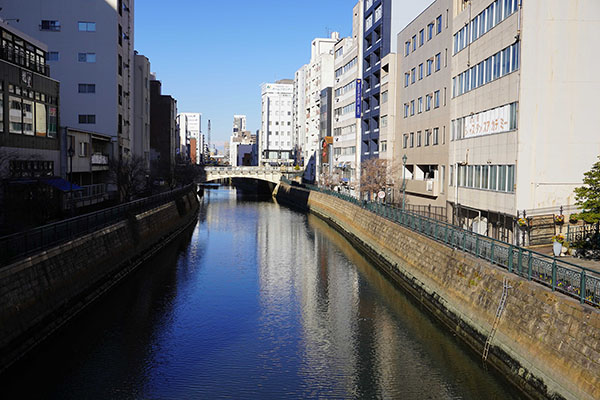
Hori River
-
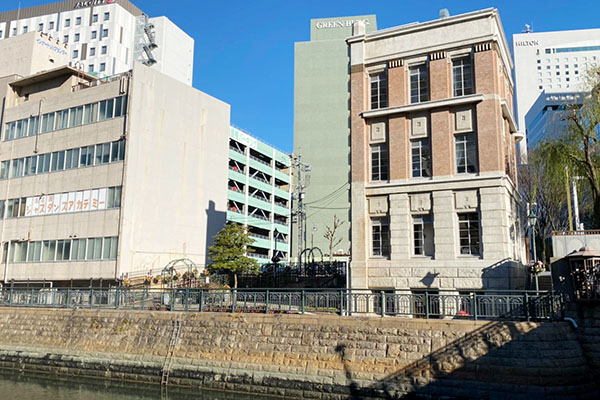
Nayabashi Siam’s Garden
Access (nearest station)
- Nayabashi Siam’s Garden
Fushimi Subway Sta. exit 7 or 8 (approx. 10 minutes walk)
- Exhibition
- Performance
- Talk
- Collaboration Events
-
[MAP No.
 ]
]Nakayama Akiko
- Venue:
- Nayabashi Siam’s Garden
-
[MAP No.
 ]
]Nakayama AkikoAlive Painting “Utakata”
- Date:
- November 19th Fri. 18:30-19:00
- Venue:
- Nayabashi Siam’s Garden
-
[MAP No.
 ]
]The Formant Brothers’ SHOW BOAT
── Dodoitsu and Ballad Songs for the Artificial Voice ──- Date:
- November 27th Sat. [1]15:00-15:30 / [2]17:00-17:30*Held on November 28th in case of rain.
- Venue:
- Nayabashi Bridge
-
[Nayabashi Bridge Area]
SDGs Film Festival in Nishiki-2, NAGOYA“Reviving Recipes” + 10th anniversary Film Screening
- Date:
- November 14th Sun. 10:00-12:30
- Venue:
- Fushimi Million Theater
-
[Nayabashi Bridge Area]
SDGs WEEKs in Nishiki-2, NAGOYAUpcycle Design Workshop + Talk
- Date:
- November 14th Sun. 13:00-17:30
- Venue:
- Chojamachi COTTON BUILDING 1F
Atsuta/Miya no Watashi Area
Today, the area around Atsuta is surrounded by national roads and buildings, and it is now far from the sea, but around the beginning of the Edo period, it prospered as a base for shipping, with the Ise Bay spreading out before Miya no Watashi, the only maritime route along the Old Tokaido Road. In 1625, a nightlight was erected, indicating the gateway for entering and exiting vessels. Since the Edo period, the development of reclaimed marshlands has proceeded gradually, and the sea has become more distant from this land. Now, these reclaimed mashes have been transformed into land for factories and residential areas.
-
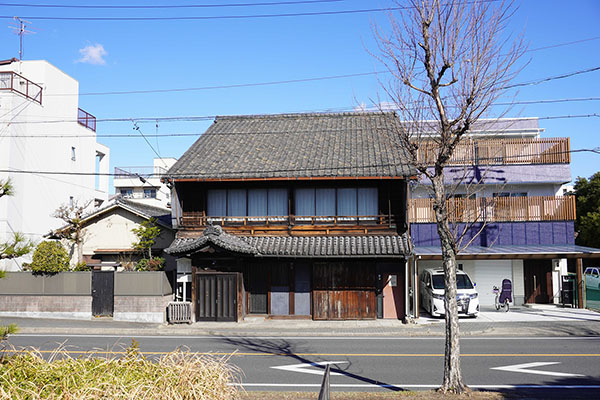
Niwa Historic Residence
-
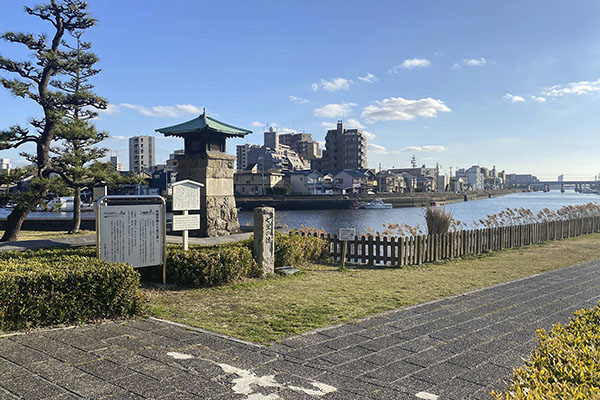
Miya no Watashi Park
Access (nearest station)
- Niwa Historic Residence
Temma-cho Subway Sta. exit 4 (approx. 12 minutes walk)
- Exhibition
- Performance
- Talk
- Collaboration Events
-
[MAP No.
 ]
]Shinoda Chiharu
- Venue:
- Niwa Historic Residence
-
[MAP No.
 ]
]Horio Kanta
- Venue:
- Niwa Historic Residence
-
[MAP No.
 ]
]Shinoda Chiharu“Sunset”
- Dates:
- November 12th Fri., November 13th Sat. 16:30-17:15
- Venue:
- Miya no Watashi Park
-
[Atsuta/Miya no Watashi Area]
MarcheAttaka! Atsuta Miryoku-Hakken Ichi 2021 Miya-no-Hama Ichi
- Date:
- November 21st Sun. 9:30-15:00
- Venue:
- Miya no Watashi Park





